Archives
- 2025-12
- 2025-11
- 2025-10
- 2023-07
- 2023-06
- 2023-05
- 2023-04
- 2023-03
- 2023-02
- 2023-01
- 2022-12
- 2022-11
- 2022-10
- 2022-09
- 2022-08
- 2022-07
- 2022-06
- 2022-05
- 2022-04
- 2022-03
- 2022-02
- 2022-01
- 2021-12
- 2021-11
- 2021-10
- 2021-09
- 2021-08
- 2021-07
- 2021-06
- 2021-05
- 2021-04
- 2021-03
- 2021-02
- 2021-01
- 2020-12
- 2020-11
- 2020-10
- 2020-09
- 2020-08
- 2020-07
- 2020-06
- 2020-05
- 2020-04
- 2020-03
- 2020-02
- 2020-01
- 2019-12
- 2019-11
- 2019-10
- 2019-09
- 2019-08
- 2019-07
- 2019-06
- 2019-05
- 2019-04
- 2018-07
-
At first the APC is a kDa protein divided into
2023-01-29
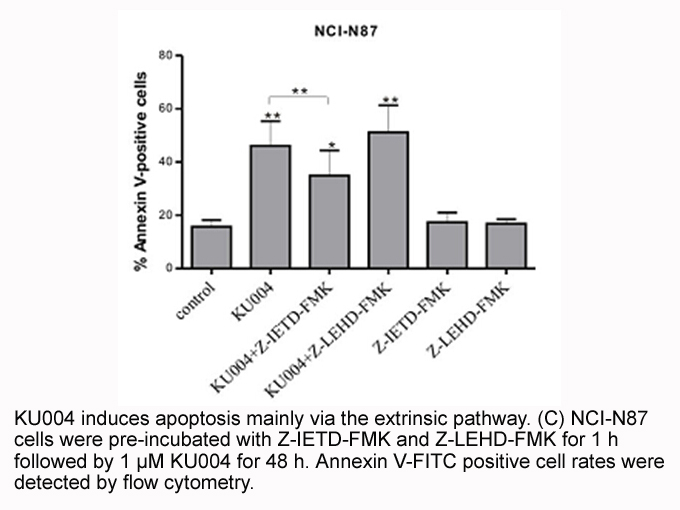
At first, the APC is a 310kDa protein divided into three domains such as N-terminal, central core and C-terminal domain [102], plays a major role to regulate the Wnt signaling pathway in human cancer by translating β-catenin from the glatiramer acetate to the nucleus [103]. The SIRT1 regulates the
-
Because of the formation of phosphoenzyme intermediates
2023-01-29

Because of the formation of phosphoenzyme intermediates, the enzymatic SCH 527123 of P-ATPases can be divided into steps that include a kinase activity, by which an aspartate residue on the enzyme is phosphorylated, and a phosphatase activity, by which the phosphoenzyme is dephosphorylated. Another
-
br MADS box proteins in
2023-01-29
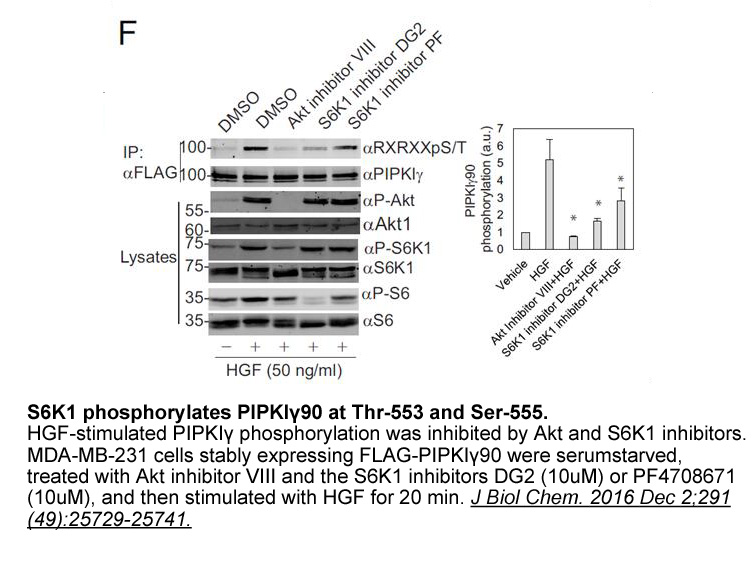
MADS box proteins in plants, a flourishing family In contrast to animals, homeotic genes in plants do not code for homeodomain-containing proteins, but rather, in almost all cases, for MADS domain proteins. The sequencing of the genome of Arabidopsis thaliana revealed more than 100 putative MADS
-
These experiments make it clear that
2023-01-29
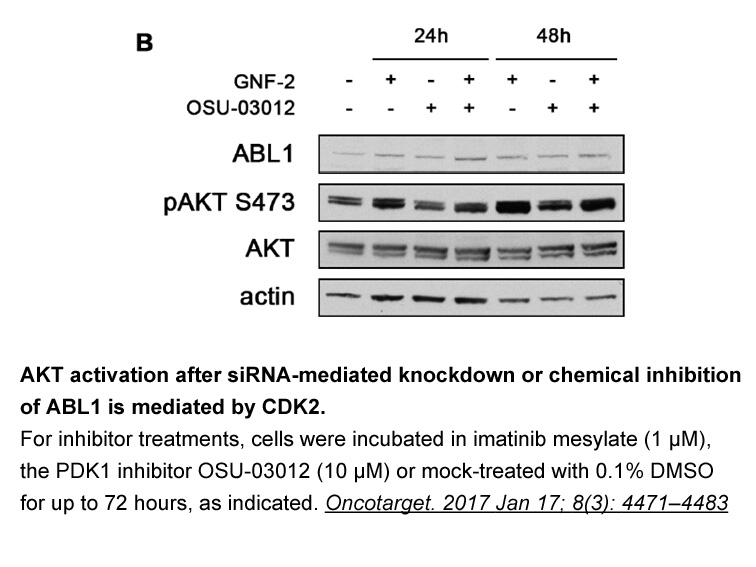
These experiments make it clear that one can study the effect of antimalaria drugs that target the DHFR enzyme of P. falciparum by transferring the malaria enzyme into S. cerevisiae. The ease of growth and manipulation of the yeast make it easy to measure the sensitivity of any particular dhfr allel
-
br Combination Effective RAS inhibition which is important
2023-01-29
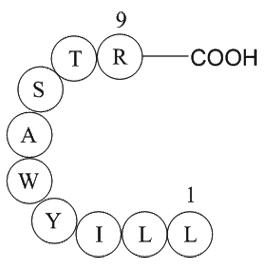
Combination Effective RAS inhibition, which is important for 2 deoxy d glucose control as well for the management of associated illnesses, can be produced through proper selection and dose maintenance and also by the combination with other antihypertensive agents along with continuous monitoring
-
br Acknowledgments br Introduction Angiotensin II AngII
2023-01-29
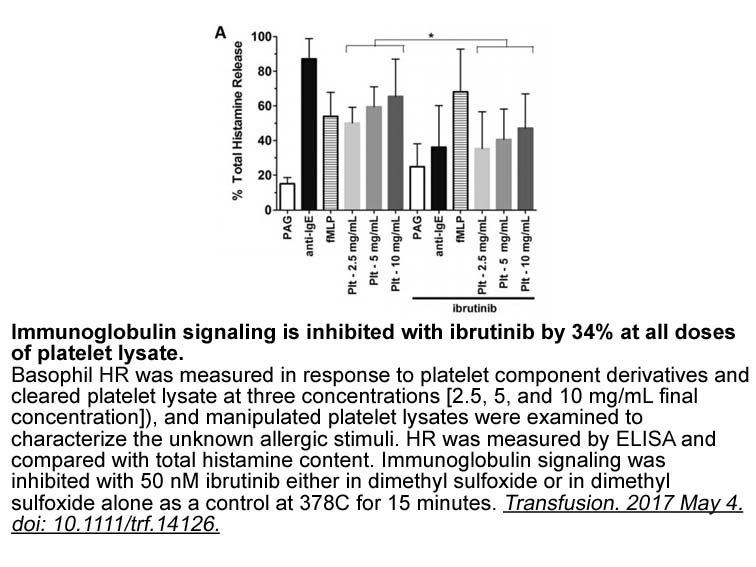
Acknowledgments Introduction Angiotensin II (AngII) is among the most potent vasoactive substances produced in humans. Its effects are numerous, from vasoconstriction to control of fluid and electrolytes balances. Many of the physiological and pathological effects of AngII are mediated by the
-
In conclusion phenolic hydroxyl was introduced not only to C
2023-01-28
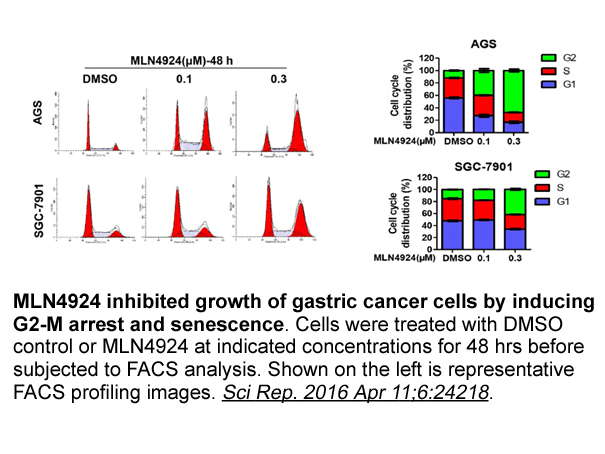
In conclusion, phenolic hydroxyl was introduced not only to C3 side chain but also to C6 or C7 position of the quinoxalinone core, resulting in a new group of ARIs candidates exhibiting antioxidant activity. Biological activity tests suggested that compounds were not only sufficient to inhibit ALR2
-
The AHR potentially enhances IDO expression possibly
2023-01-28
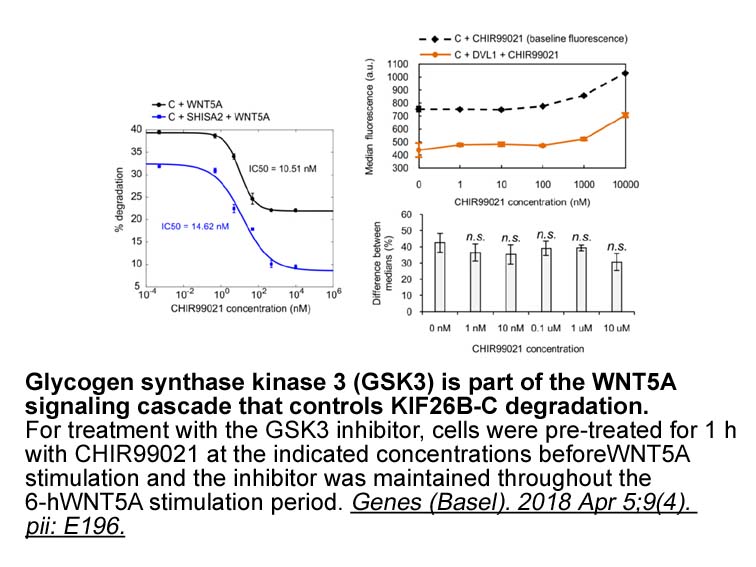
The AHR potentially enhances IDO-expression, possibly via crosstalk with several inflammatory signaling pathways (shown by now for IL6 and ‘signal transducer and activator of transcription’ (STAT) 3, and for NFκB, toll like receptor-pathways) [56,59,60]. IDO metabolizes Trp to kynurenines, which are
-
br ABCA modulates intracellular sphingolipid metabolism in t
2023-01-28
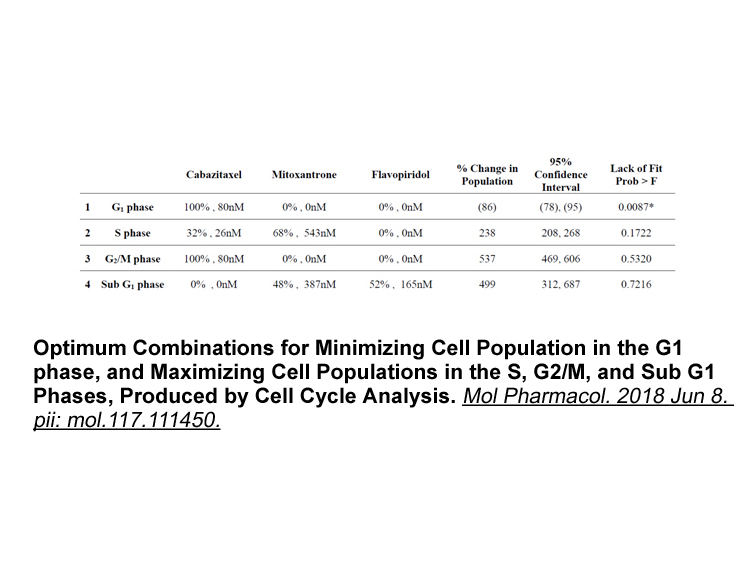
ABCA2 modulates intracellular sphingolipid metabolism in the LE/LY Recycling of plasma membrane lipids that occurs by constitutive endocytosis and vesicularization of complex glycolipids, complex sphingolipids and cholesterol as well as free cholesterol liberated from LDL after receptor-mediated
-
G actin has a molecular weight of kD and dimensions
2023-01-28
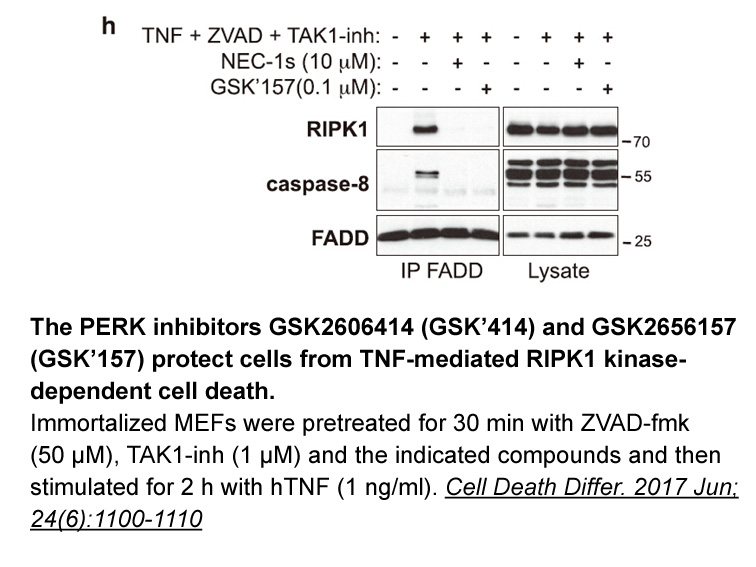
G-actin has a molecular weight of 42 kD and dimensions about 55 × 55 × 35 Å3. It consists of 375 amino acids arranged into two individual domains (Alberts et al., 2014). A central cleft bisects the protein into two aforementioned domains which surround a deep cleft containing ATP or ADP and a tightl
-
br Difference between ACh and ER tests There are few
2023-01-28
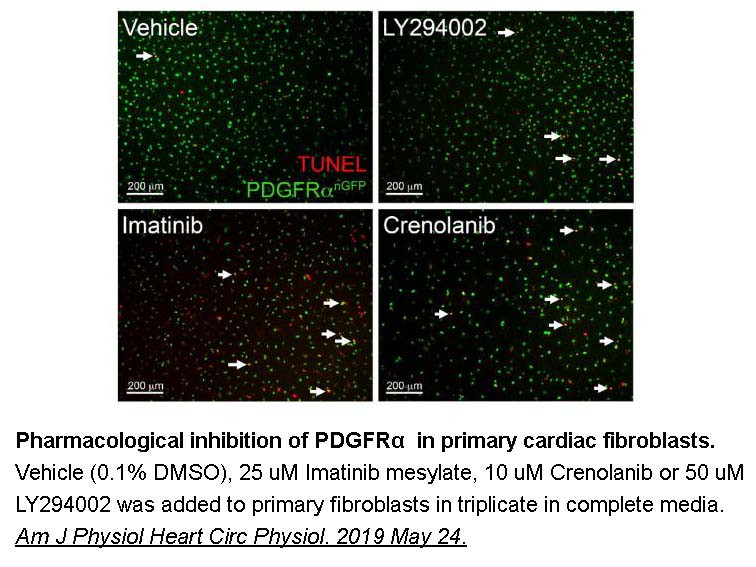
Difference between ACh and ER tests There are few reports concerning the provoked spasm between ER and ACh in the same patients [51], [52], [53]. Different mediators may have the potential of different coronary responses. In our experience, spasm provoked by intracoronary injection of ER is focal
-
Interestingly a homolog of C elegans acr
2023-01-28
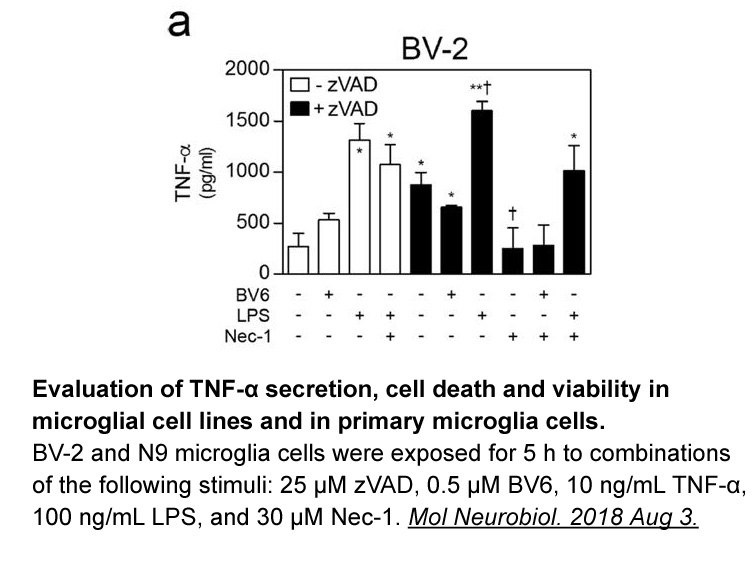
Interestingly, a homolog of C. elegans acr-23 is present in the A. suum Remodelin (Jex et al., 2011). However, A. suum is not susceptible to monepantel treatment in vivo (Tritten et al., 2011). Our research seeks to advance knowledge on the mode of action of monepantel on nAChRs from Clade III (A. s
-
br Conclusion Our study of late life depression
2023-01-28
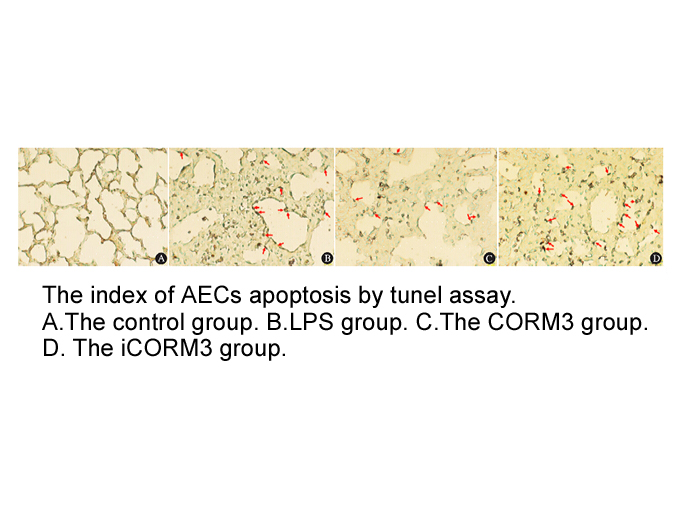
Conclusion Our study of late-life depression provides evidence of genotype-specific associations between depression and ACE methylation, as well as inverse correlations between ACE methylation and Ifosfamide synthesis secretion. These findings highlight the potential need to consider methylation
-
Subsequently Palvimaki et al corroborated Ni and Miledi
2023-01-28
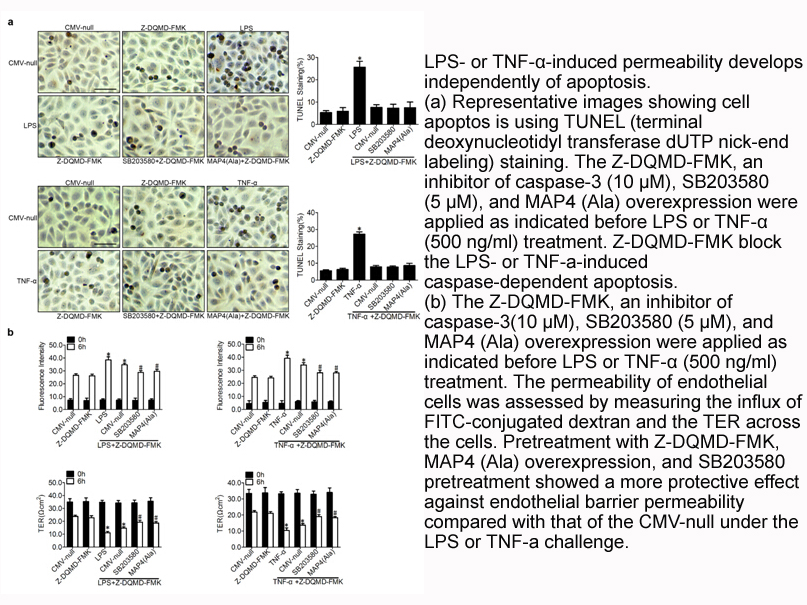
Subsequently, Palvimaki et al. (1999) corroborated Ni and Miledi's study by demonstrating that treatment with fluoxetine leads to 43% occupancy of the 5-HT2C receptors. Moreover, the affinity of fluoxetine for 5HT2C receptors (Ki 65 nM) is close to its affinity for 5-HT transporters (Ki 33 nM) (Ni a
-
Having taken a step back
2023-01-28
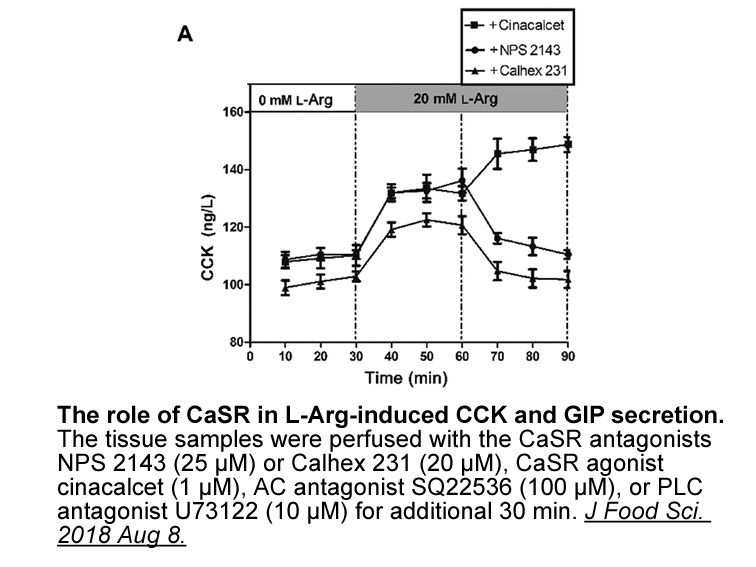
Having taken a step back from affinity to gain better exposure and solubility, we started work to replace the unstable oxazolinone, and address the selectivity over the hERG channel. Keeping in mind the binding mode of the series from crystal structures, triazole was identified as another mildly aci
11104 records 39/741 page Previous Next First page 上5页 3637383940 下5页 Last page